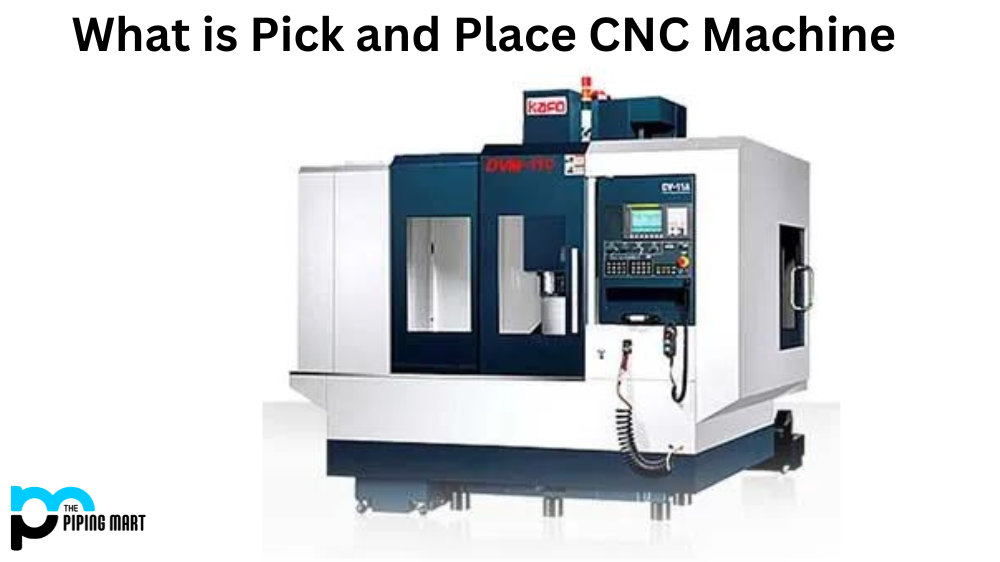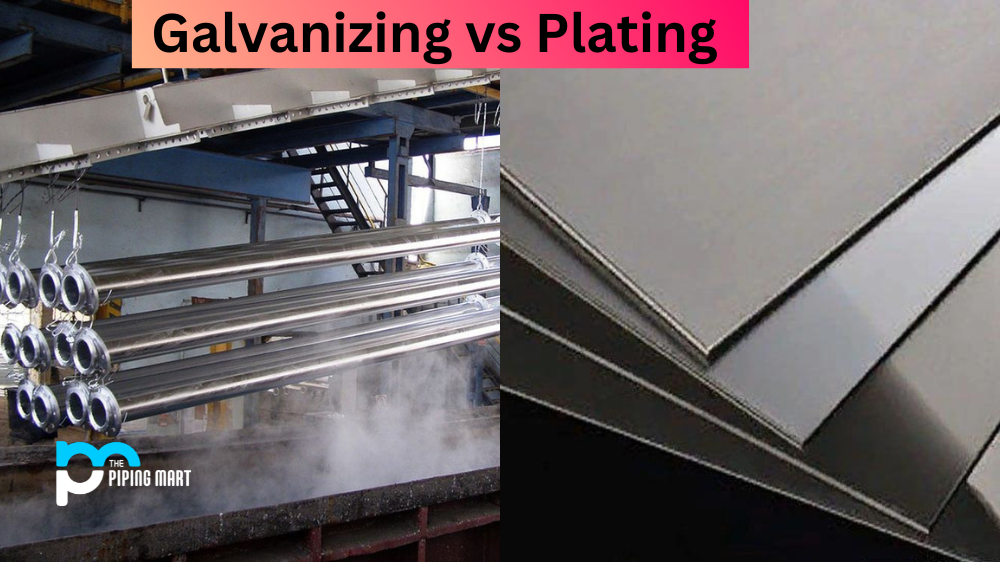Surface hardening is a process where the surface of the metal is hardened without changing the bulk properties. The main purpose of surface hardening is to improve the metal’s wear resistance, fatigue strength, and corrosion resistance. In this process, a thin layer of harder metal is deposited on the surface of the metal.
Types of Surface Hardening Process
There are various types of surface hardening processes, and they are as follows:
Carburizing
Carburizing is a process where carbon is diffused into the surface of the metal. This process is carried out at high temperatures in a furnace in the presence of carbon-rich gases or liquids. After carburizing, the metal is quenched in oil or water to harden the surface.
Nitriding
Nitriding is a process where nitrogen is diffused into the surface of the metal. This process is carried out at high temperatures in a furnace in the presence of nitrogen-rich gases or liquids. After nitriding, the metal is quenched in oil or water to harden the surface.
Cyaniding
Cyaniding is a process where carbon and nitrogen are diffused into the surface of the metal. This process is carried out at high temperatures in a furnace in the presence of cyanide-based liquids. After cyaniding, the metal is quenched in oil or water to harden the surface.
Carbonitriding
Carbonitriding is a process where carbon and nitrogen are diffused into the surface of the metal. This process is carried out at high temperatures in a furnace in the presence of carbon- and nitrogen-rich gases or liquids. After carbonitriding, the metal is quenched in oil or water to harden the surface.
Induction Hardening
Induction hardening is a process where an electromagnetic field is used to heat the surface of the metal. This process is carried out by passing an electric current through a coil which creates an electromagnetic field around the metal. The heat generated by this process diffuses into the surface of the metal and hardens it. After induction hardening, the metal is quenched in oil or water to cool it down and complete the hardening process.
Surface-Hardened Metal Uses
Surface-hardened metals are used in various applications such as gears, cams, crankshafts, connecting rods, etc., where there is a need for increased wear resistance and higher strength properties. Moreover, these metals are also used in applications such as cutting tools, dies, injection molding dies, etc., where there is a need for increased hardness and toughness properties.
Conclusion:
Surface hardening of metals provides various benefits such as increased wear resistance, higher strength properties, increased hardness, and increased toughness properties without changing their bulk properties. This guide provides comprehensive information about different types of uses of surface hardening processes and their advantages. If you have any queries regarding this guide, feel free to ask us below in the comments.

A passionate metal industry expert and blogger. With over 5 years of experience in the field, Palak brings a wealth of knowledge and insight to her writing. Whether discussing the latest trends in the metal industry or sharing tips, she is dedicated to helping others succeed in the metal industry.




